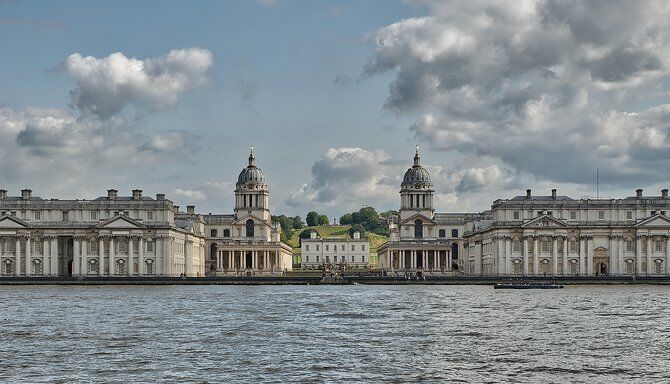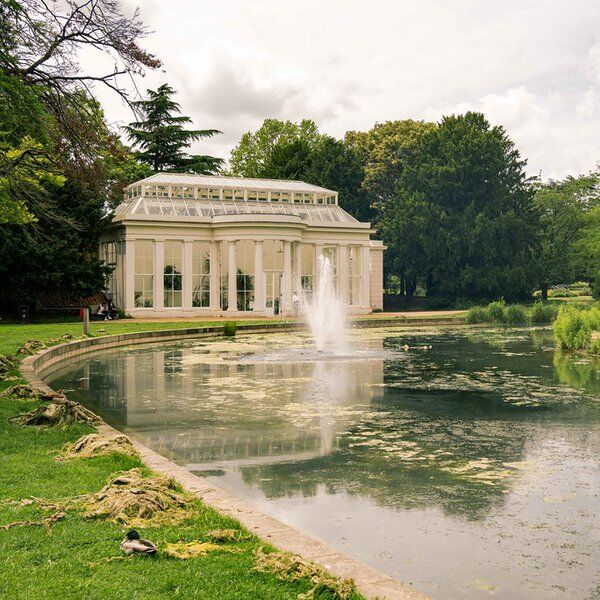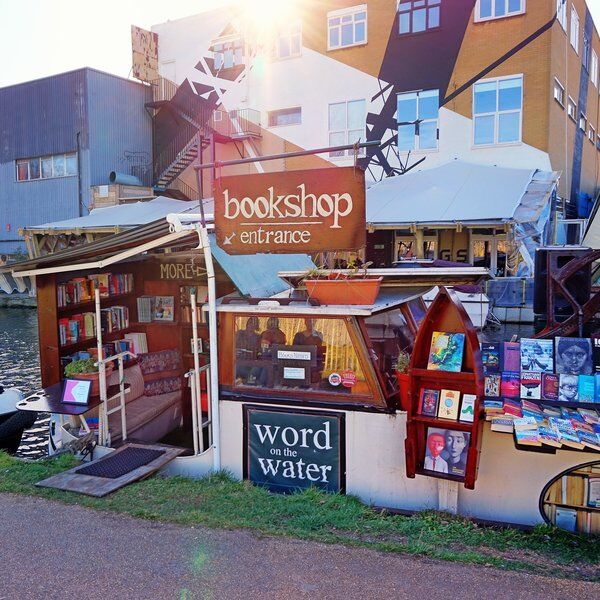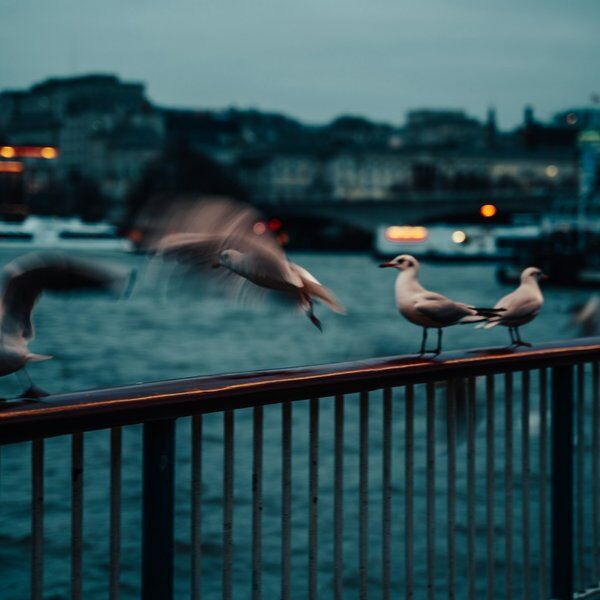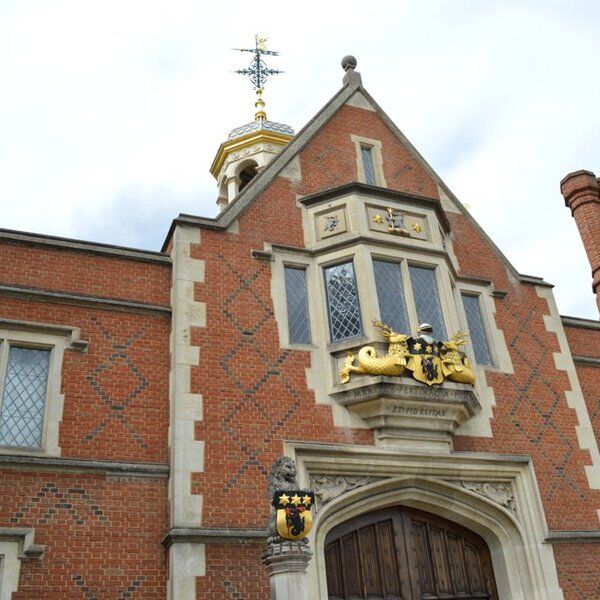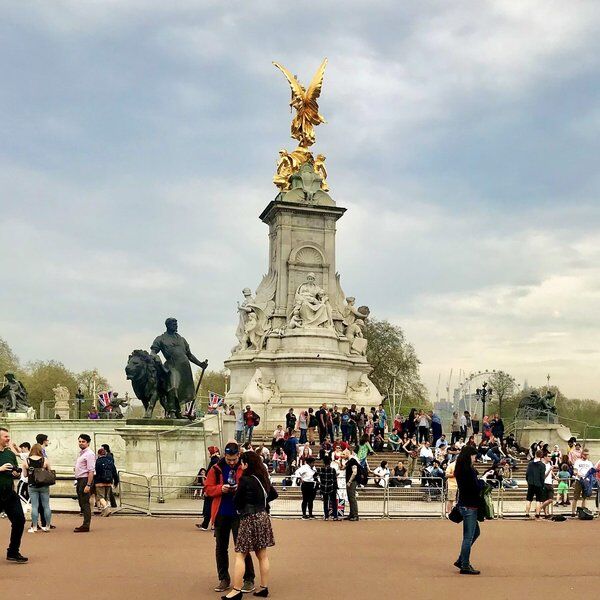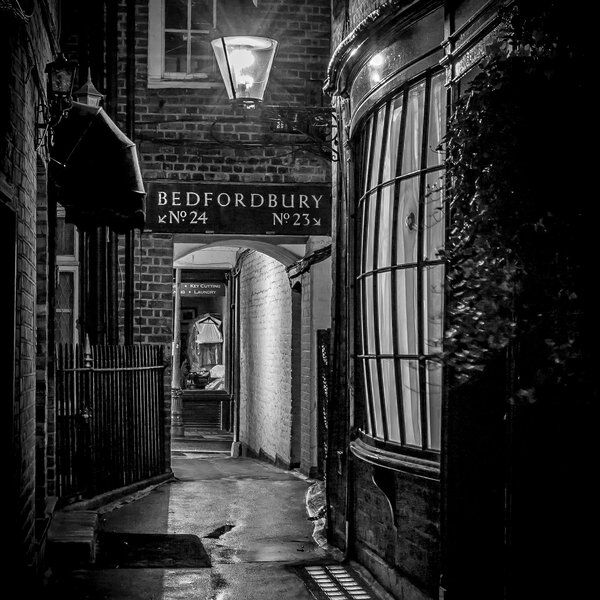
Discover the Old Royal Naval College
“[The] finest and most dramatically sited architectural and landscape ensemble in the British Isles.”
Balanced on the banks of the River Thames in London, is a place of timeless beauty and rich historical significance; the Old Royal Naval College. This architectural marvel, designed by Sir Christopher Wren, is the centrepiece of the Maritime Greenwich UNESCO World Heritage Site and represents London's enduring legacy as a global maritime powerhouse.
For another beautiful example of a UNESCO World Heritage Site in London read our Kew Palace article.
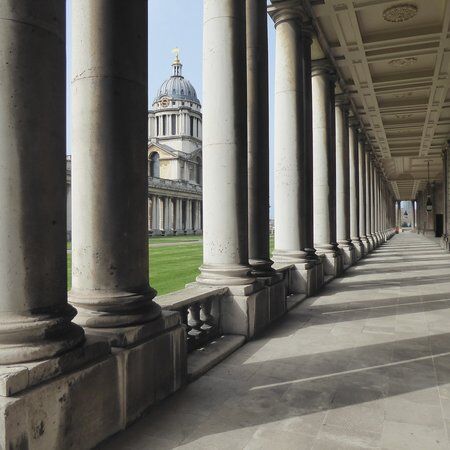
Construction of the college first began in 1696 and by 1712 it opened as the Royal Hospital for Seamen at Greenwich. After the hospital's closure in 1869 the buildings were repurposed for the Royal Naval College, Greenwich from 1873 until 1998. Since then, the site has operated as a visitor attraction managed by the Greenwich Foundation for the Old Royal Naval College. This foundation was set up in 1997 to ensure the preservation of the grounds and Grade I-listed college buildings.
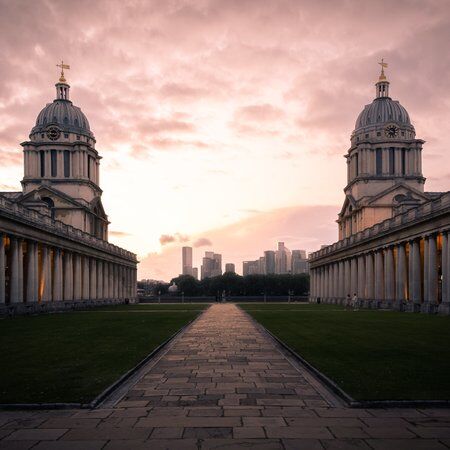
Baroque Beauty
The architecture of the Old Royal Naval College is nothing short of breathtaking. The grandeur of the Baroque style is evident in every detail, from the soaring columns and intricate façades to the magnificent Painted Hall and Chapel. Wren’s genius is brought to life in the symmetrical layout of the buildings and the harmonious blending of classical and maritime motifs.
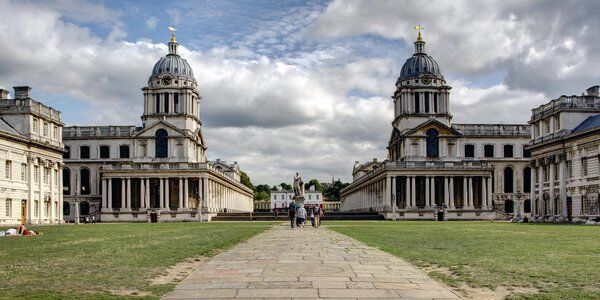
“[One of] the most popular filming location[s] in the world.”
The complex was envisioned as a grand maritime institution and an embodiment of Britain's vast wealth and unchallenged naval might. Today the setting, as beautiful as it is, has become a popular backdrop for films such as Lara Croft: Tomb Raider, Sense and Sensibility, and James Bond: Skyfall. It has also featured as a Buckingham Palace replacement in Netflix’s award-winning series The Crown.

A Monument to Maritime Power
Greenwich Palace, the birthplace of King Henry VIII, was the original building on the site of the Old Royal Naval College grounds. Upon Henry VII’s demise, his son acquired five warships. From here he set about building a fleet to rival his European counterparts. Under orders from the King the expanding navy was moored at a nearby dockyard and so by the time he died in 1547, Greenwich had been firmly established as the centre of British Naval affairs.
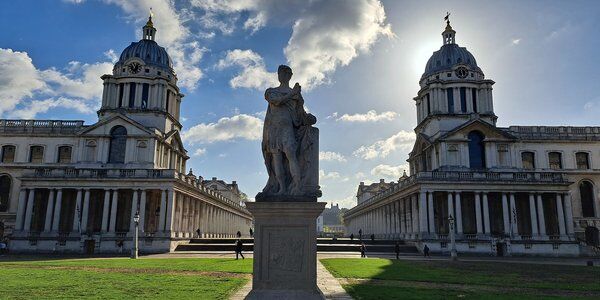
During the British Civil Wars of the 17th century Greenwich Palace fell into such disrepair that when the monarchy was reestablished in 1660, Prince Charles II ordered its demolition. It wasn’t until the turn of the century that Queen Mary II decided to build something in its place. The creation of the Royal Hospital for Seamen at Greenwich was necessitated by the need to provide a retirement home for wounded and elderly sailors.

The Royal Naval College
In 1873, four years after the hospital’s closure, the buildings were acquired by the Naval College in Portsmouth and reopened as the Royal Naval College. By the First World War it had garnered a reputation as one of the most highly rated naval officers’ training colleges in Europe.
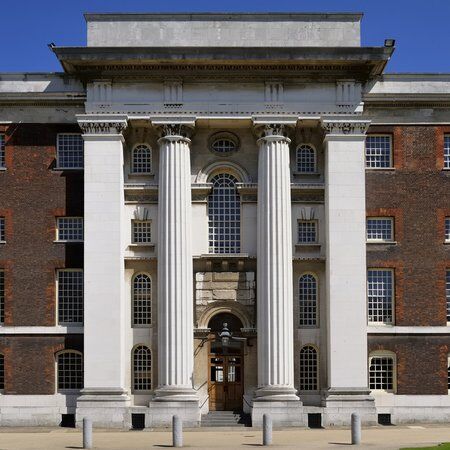
During the World Wars
In WWI the Naval College became a barracks for scientific experiments with officer training suspended until 1919. However, during WWII the college’s purpose was reversed and it assumed the massive undertaking of training over 30,000 officers. After more than two centuries the site was converted into a place where visitors can gain a deeper understanding of the scope of Britain’s maritime past. Today it welcomes around 1.2 million people annually.
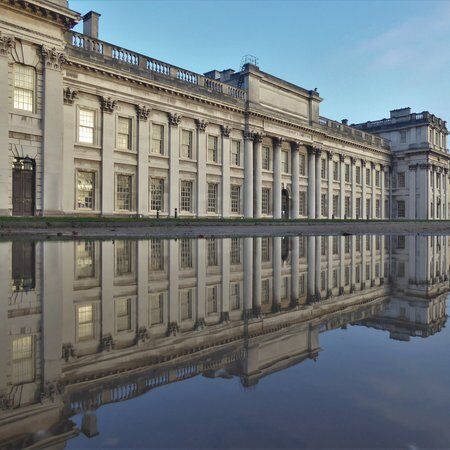
A Riverside Setting
The location of the Old Royal Naval College adds to its charm. From the immaculately manicured lawns of the neoclassical grounds, there are sweeping views of the Thames river and London skyline. Visitors can stroll along the waterside promenade, at any time of day and revel in taking in the sights and sounds of one of London's most scenic areas.
Psst... a visit to Old Royal College is not complete without a trip over to Greenwich Park afterwards!
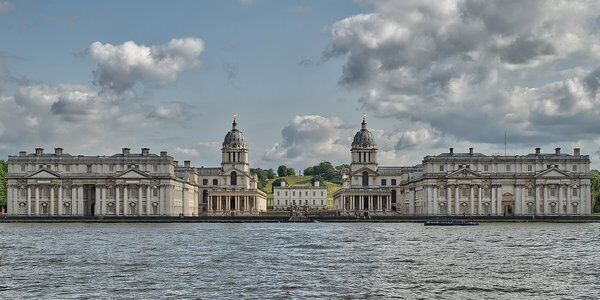
Nelson’s Coffin
In 2005, the Nelson Room, where Vice-Admiral Lord Nelson’s coffin was housed, prior to his lying-in-state was opened to the public as the Nelson Room. There is also a small side room containing a statue of Nelson and plenty of paintings, memorabilia, and information.
The Painted Hall: A Masterpiece Within a Masterpiece
The crowning jewel of the Old Royal Naval College is Wren’s Painted Hall, often referred to as “Britain’s Sistine Chapel.” This magnificent hall boasts a ceiling adorned with a spectacular painted fresco dotted with kings, queens, and mythological creatures. The Baroque-inspired painting depicts the turning point of Britain’s naval dominance in Europe and the power of the monarchy, making it an awe-inspiring historical and artistic treasure.
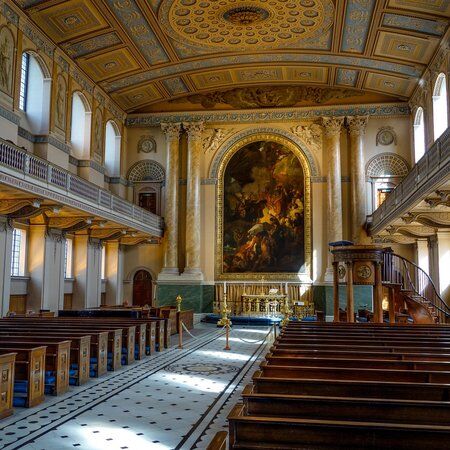
The painting’s details are actually so complex that Sir James Thornhill, the genius behind the masterpiece, had to mount an Explanation of the ceiling upon its completion (19 years after he first picked up a paintbrush). From 2014-2019, the 40,000 square feet of Thornhill’s genius underwent an £8.5 million restoration project that returned these details to their original vibrant hues.
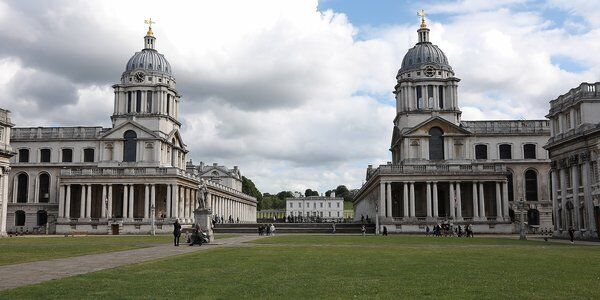
Maritime Heritage and Museums
The Old Royal Naval College doesn't just showcase architectural splendour; it's also a repository of maritime history. From 1998 to 2002 the Greenwich Foundation for the Old Royal Naval College worked hard to revitalise the site and eventually open the whole college up as an educational institute to visitors. Today, the college is home to two exceptional museums: the National Maritime Museum and the Queen's House. These museums house a vast collection of maritime artefacts, art, and historical documents, allowing visitors to delve deeper into Britain's maritime legacy.

Beyond its historical significance, the Old Royal Naval College is a thriving social hub. It hosts a wide range of events, from family-friendly concerts in the grounds, to art exhibitions and educational seminars in the Admiral’s House. And there are always small groups wandering through the grounds or picnicking on the lawns.

Our Thoughts…
As you explore the hallowed halls, gaze up at the breathtaking frescoes, and walk in the footsteps of British naval heroes, you'll discover that the Old Royal Naval College is more than just a historic site; it’s a testament to Britain’s naval heritage and the indelible mark it has left on the world.
The best way to discover more hidden gems around London is to take your time and, ideally, have a pre-planned route that takes you past all the noteworthy nooks and hidden gems.
We can help you there!
The City combines the fun of an outdoor treasure hunt with the historic facts and whimsical trivia of a walking tour.
Answer riddles, solve puzzles and learn more about London’s 2000-year-old history in a new and interactive way - plus you get 20% off food and drink at a historic pub chosen by us!
Take the stress out of planning your visit to London and book your adventure today!
Not visiting London this time? Don’t worry, you’ll find us all over the world.

